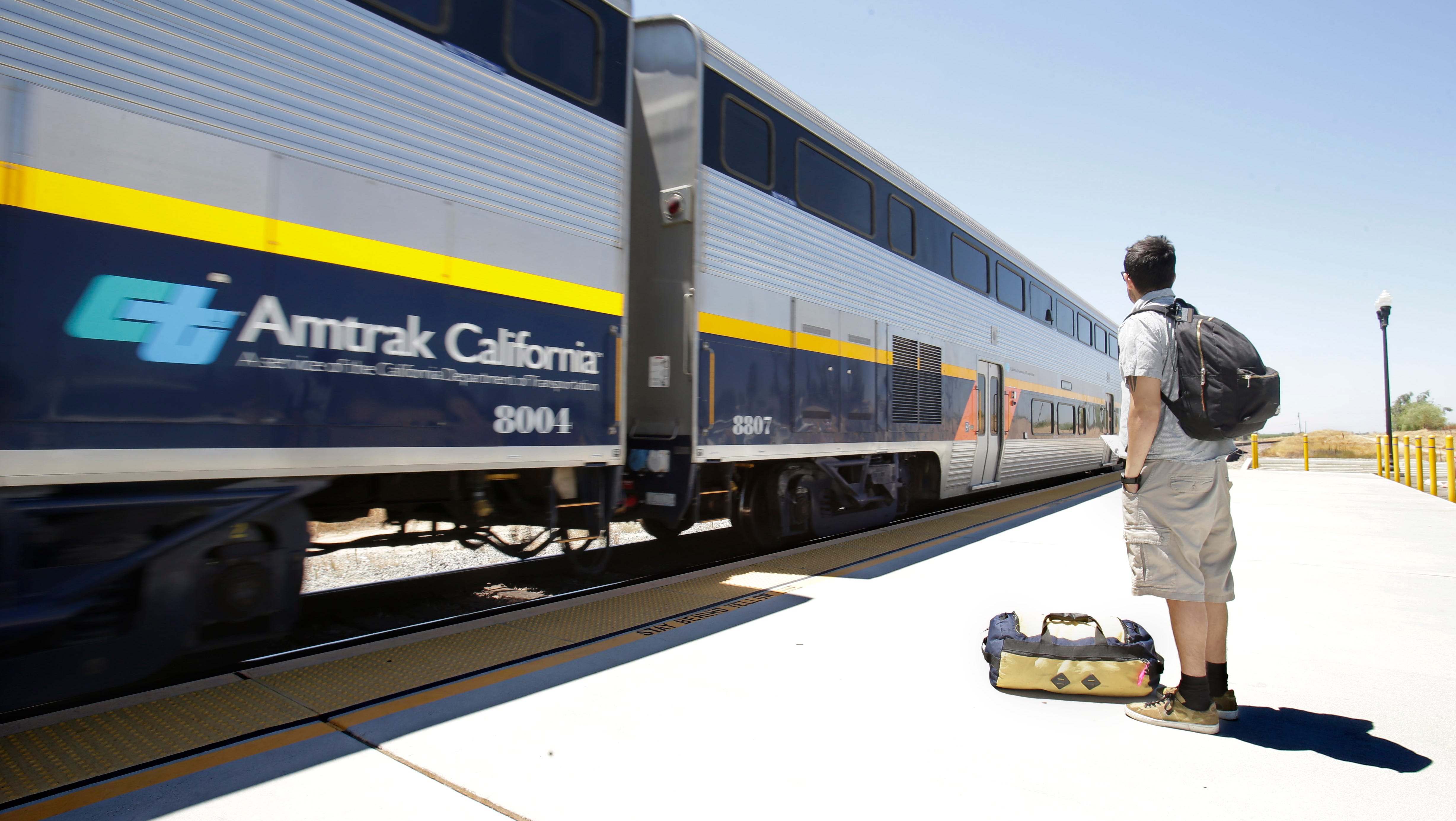

The positioning stage is controlled electronically, which allows precise motion along the φ-plane of the cylindrical-axis. The antenna under test (AUT) is mounted on a micro-positioning stage to facilitate angular-dependent received power measurements. The transmit antenna, a standard gain horn, is mounted over a fixed stage. The proposed apparatus is distinctly designed, with multiple parameters optimized for radiation pattern measurements at the Ka, Q, and V MMW bands. These include the following:Ī multi-option, low-cost, and user-friendly radiation pattern measurement apparatus operative up to the 67 GHz millimeter-wave (MMW) band is presented in this study. When designing a CA radar, several principles need to be followed. The distance between the catenary poles and the track is always small, as shown in Figure 1. Compared with other transportation systems, the bullet train runs on a specially designed high-speed railway with more complicated circumstances: there are always many buildings beside the track, and catenary poles with uniform spacing are installed along the high-speed railway to provide electric energy to the bullet train. It has received considerable research and attention with promising results in cars –, unmanned aerial vehicles –, planes –, and other transportation systems. CA radar is an important branch of radar technology application in civilian sectors. It will work well under all weather conditions, day and night, at distances of several kilometers, ensuring a final line of defense for the bullet train against collision events.
#Rail network radar california driver
The CA-radar system is designed to be mounted on the head of the bullet train, can provide the driver with real-time information about the track ahead, and can allow that driver to detect obstacles on the track. The unique collision avoidance radar system for the bullet train presented in this article is called CA radar.
#Rail network radar california drivers
In addition to the sophisticated railway communication system, it is important to equip bullet trains with a technology that will allow the drivers to monitor the condition of the railway their train is traveling on. This was the main cause of 34 deaths in the "7.23" Yongwen line train crash that happened in China in 2011. If the bullet train entering the railway travels faster than the bullet train ahead, a collision is likely to occur because the driver of the second bullet train does not have enough time to stop the fast-traveling train after he sees the train ahead and realizes a collision is impending. When a signal failure happens, a bullet train may wrongly run into a section of railway occupied by another bullet train. However, this kind of technology is not capable of providing the driver with the exact positions of other bullet trains or of discovering obstacles on the track ahead. In China, an automatic blocking technology supported by the complicated railway communication system is used to avoid collisions by keeping the bullet trains isolated from one another in different sections of the railway. Bullet trains traveling in the same direction are supposed to run on the same track. Bullet trains usually travel in two directions between two railway stations on parallel tracks. As traveling speed increases, the ability of the emergency braking system on the bullet train has to be enhanced so that the train can stop in emergency situations such as signal failure in a railway communication system or rock slides blocking the railway. These trains are designed to travel at speeds as high as 400 km/h. Bullet trains greatly improve railway transportation capacity because they travel at amazingly fast speeds on specially designed high-speed railways.


 0 kommentar(er)
0 kommentar(er)
